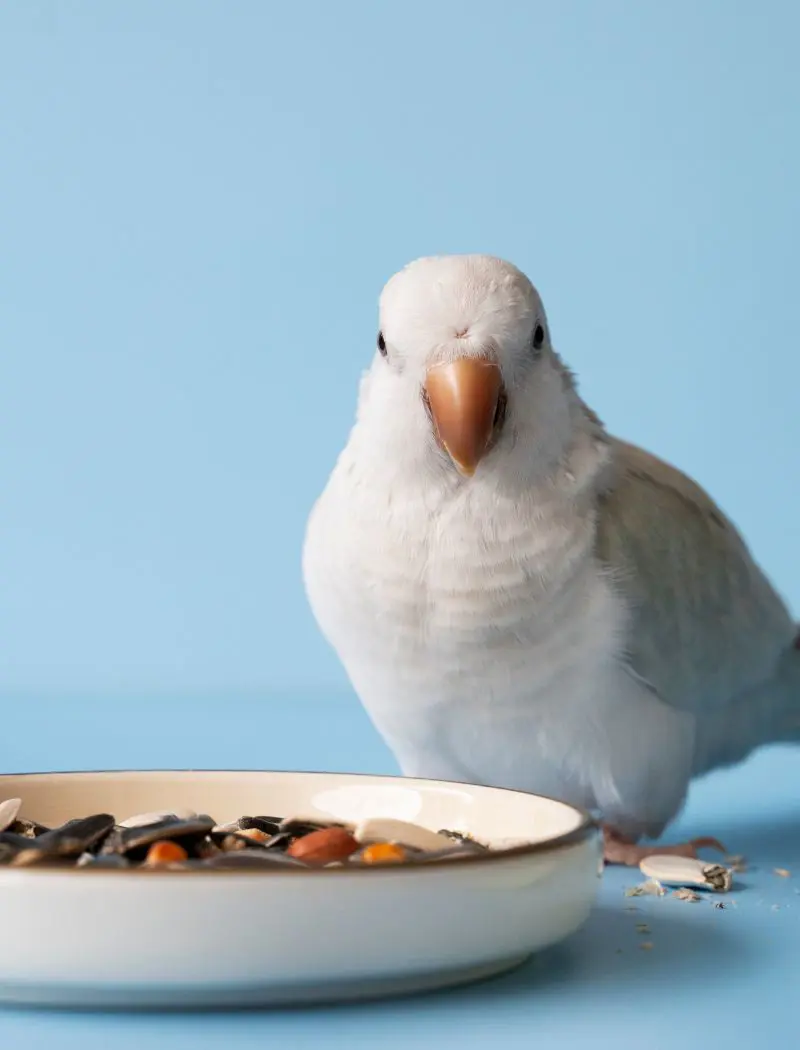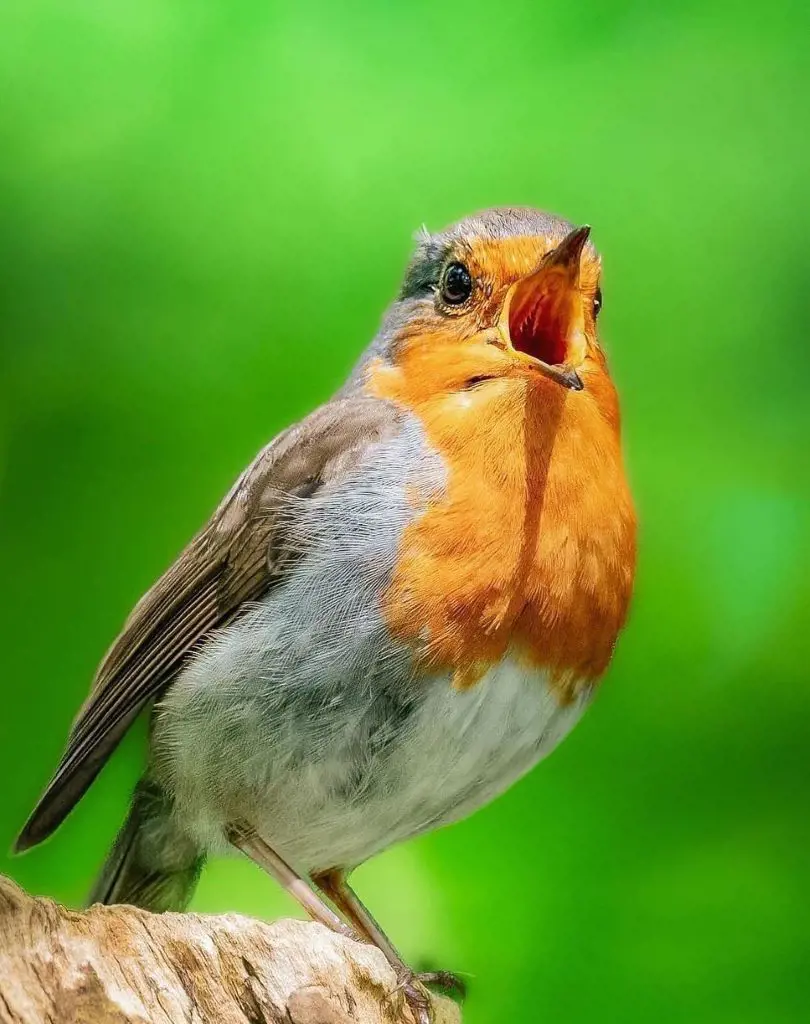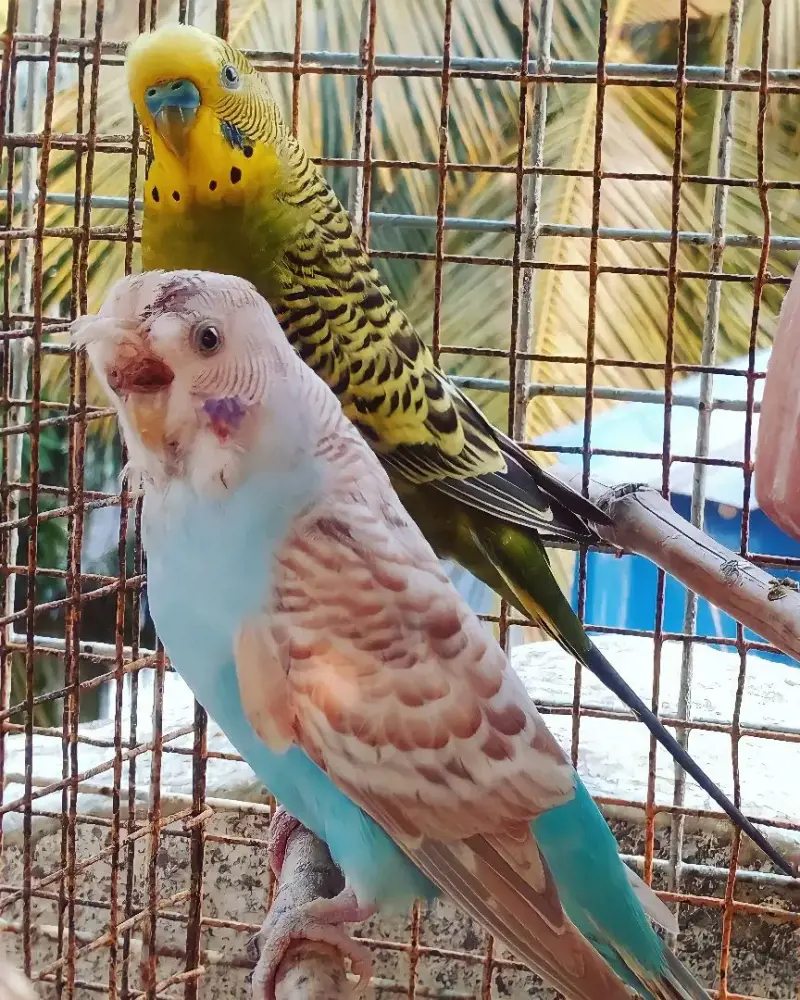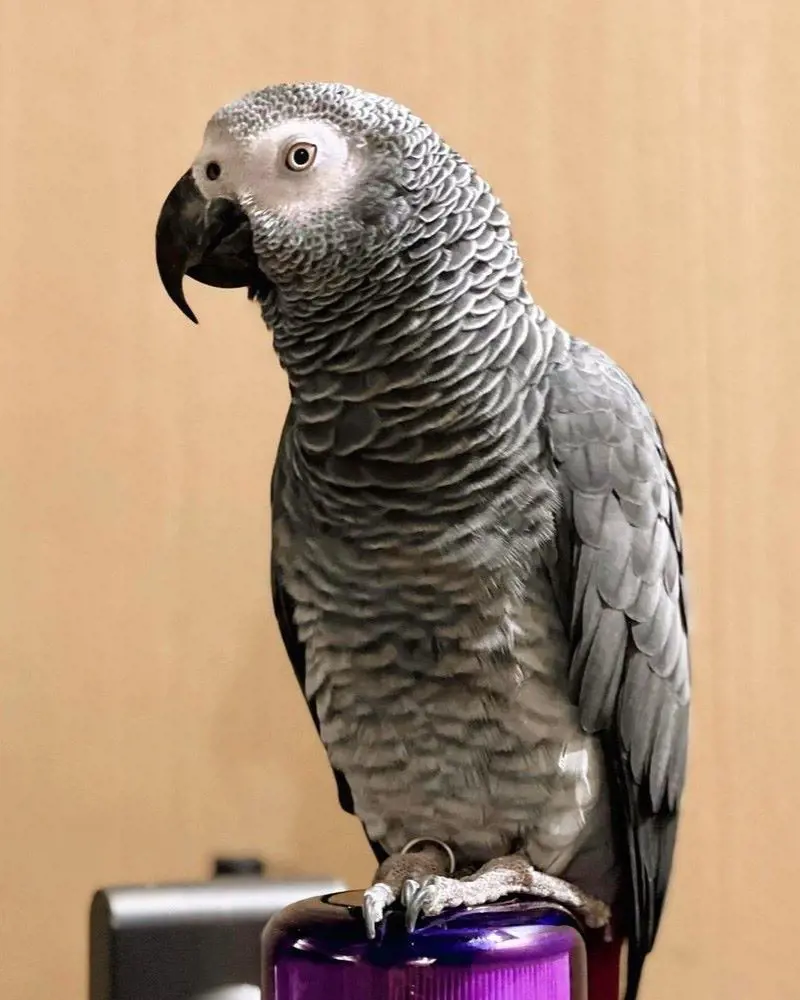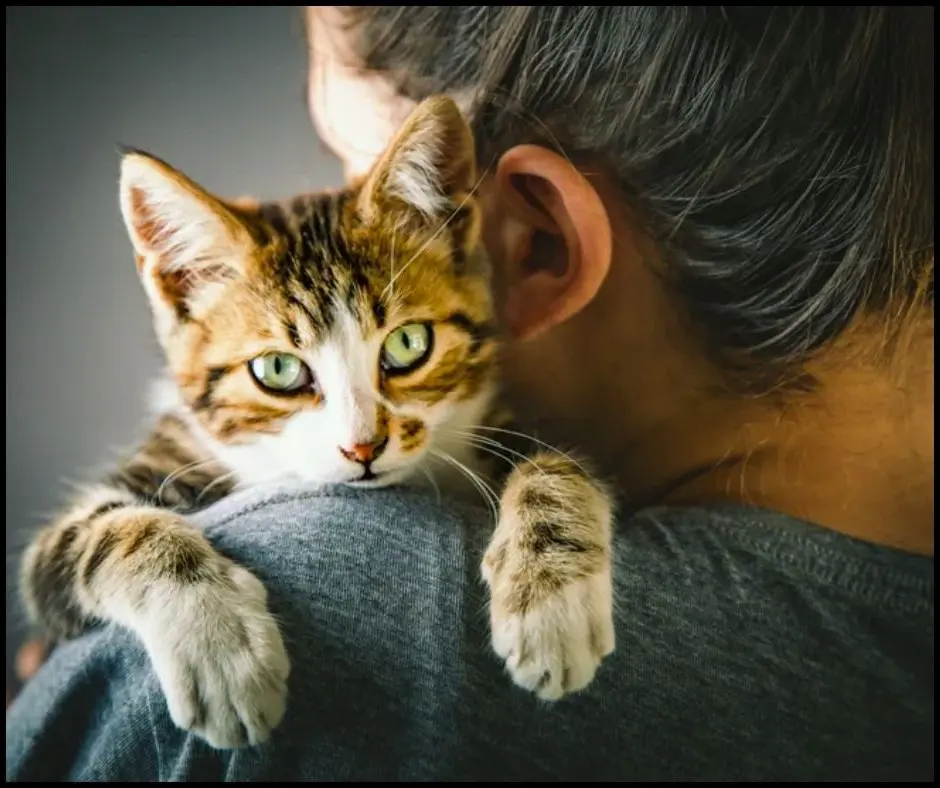Budgie Birds Origins: Characteristics And Care Guide
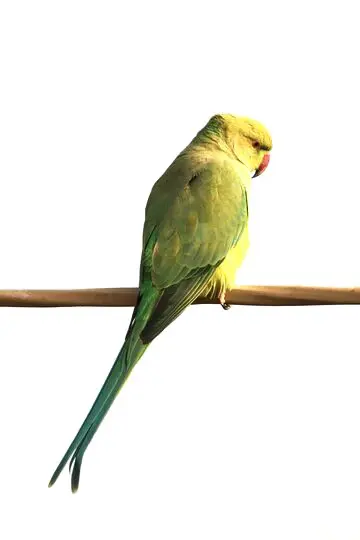
Budgerigars, commonly known as budgies or parakeets, are among the most popular pet birds globally, cherished for their vibrant personalities, vocal abilities, and relatively easy care requirements.
This blog post delves into the fascinating world of budgies, exploring their origins, physical characteristics, types, talking abilities, natural colorations, and dietary needs.
By the end of this article, you'll have a comprehensive understanding of these charming avian companions and be better equipped to care for them.
Origins and Classification
Budgies are small, long-tailed, seed-eating parrots native to Australia. They are part of the parrot family, and their scientific name, Melopsittacus undulatus, reflects their melodious vocalizations and wavy patterns.
Despite their common name, not all parakeets are budgies, though all budgies can be classified as parakeets. This distinction is essential for understanding the broader parrot family and the unique place budgies occupy within it.
Physical Characteristics
Budgies are among the smallest parrot species, with an average length of 7 to 8 inches from beak to tail. Their compact size makes them ideal pets for smaller living spaces.
The natural coloration of wild budgies is a yellow-green combination, which provides excellent camouflage in their native habitats. However, through selective breeding, budgies in captivity display a wide array of colors, including blue, white, and yellow.
Types of Budgies
There are two primary types of budgies: the traditional or wild-type budgerigar and the English budgie. The traditional budgie is smaller and more closely resembles its wild ancestors.
In contrast, the English budgie, bred primarily for show and pet trade, is larger with distinctively puffier feathers around the face and head. These differences can be subtle, but they are noticeable when the two types are compared side by side.
Talking Abilities
One of the most endearing qualities of budgies is their ability to mimic human speech. While there's no guarantee that a budgie will talk, they are known for their impressive vocabularies and clear articulation when they do.
Budgies often surpass larger parrots, such as macaws and cockatoos, in their ability to learn and use words in context. This makes them a favorite among bird enthusiasts who enjoy engaging with their pets.
Natural and Mutated Colors
In the wild, budgies are naturally green and yellow. However, budgies bred in captivity come in a plethora of color mutations. These mutations have been developed through selective breeding to produce budgies in shades of blue, white, and even purple.
While these colors are visually appealing and make budgie popular pets, it is important to remember that such mutations do not occur naturally in wild populations.
Diet and Nutrition
A common misconception is that budgies can thrive on a diet of seeds alone. However, a seed-only diet can lead to nutritional deficiencies and health problems. Budgies require a balanced diet that includes pellets, fresh fruits, and vegetables.
Leafy greens, in particular, are essential for their well-being. Seeds should be given sparingly and as part of a varied diet to ensure they receive all necessary nutrients.
Caring for Your Budgie
Proper care for a budgie involves more than just feeding them correctly. They need a clean and spacious cage, regular mental and physical stimulation, and opportunities for social interaction.
Budgies are social creatures and thrive when they have company, either from another budgie or regular interaction with their human caretakers. Regular veterinary check-ups are also crucial to monitor their health and catch any potential issues early.
Common Health Issues
Budgies are generally hardy birds, but they are susceptible to certain health problems, such as respiratory infections, mites, and dietary deficiencies. It's important to be vigilant for signs of illness, which can include changes in behavior, plumage condition, and appetite.
Early detection and treatment are key to maintaining a healthy and happy budgie.
Training and Enrichment
Budgies are intelligent and active birds that require mental stimulation to stay happy. Training your budgie to do tricks, providing toys, and setting up foraging opportunities can keep them engaged and prevent boredom.
Consistent training sessions can also strengthen the bond between you and your budgie, making them more confident and social.
Conclusion
Budgies are delightful pets that bring joy and companionship to many households. Understanding their needs and natural behaviors is essential for providing the best care.
From their dietary requirements to their social needs, every aspect of budgie care contributes to their overall health and happiness. Whether you're a first-time bird owner or an experienced aviculturist, the charm and personality of budgies are sure to captivate you.
Recent posts
Birds
10 Enchanting Pet Birds That Will Captivate Your Heart
Keeping birds as pets can be a rewarding and enjoyable experience for individuals and families alike. Birds bring a touch of nature into our homes. They are low maintenance compared to pet dogs and cats. The world of pet birds offers a diverse a...
Can Birds Smell or Taste Their Food? Bird Senses Explained
Birds are great creatures with special senses that help them live and withstand their surroundings. These senses help them find food, stay safe, and even navigate their environment and play a key role in how birds survive. Their sharp vision and acut...
What Do Pigeons Eat, And How To Feed Them At Home?
Feeding pigeons is frowned upon and illegal in some places, especially in urban areas. While they appear innocent and harmless, giving them food has been directly linked to bird overpopulation along with an increased frequency of bird droppings in pu...
10 Small Pet Birds That Are Perfect For Beginners
The world of pet birds is vast and diverse, offering a variety of options for individuals seeking feathered companions. Large birds often capture our attention with their impressive size and intelligence but small pet birds are more ideal for beginne...
Know Everything About Bird Budgies
Budgerigars, popularly known as Budgies, are small and colorful parrots native to Australia renowned for their vibrant plumage. These small birds possess remarkable intelligence and can be trained to mimic human speech, which adds an entertaining dim...
Top 10 Talking Birds: The Most Talkative Avian Companions
Birds have not just captivated human attention for their flight capabilities. A few species have become a subjects of enthusiasm for their ability to mimic human speech. If you've ever been fascinated by this enchanting ability of birds, you're in fo...

